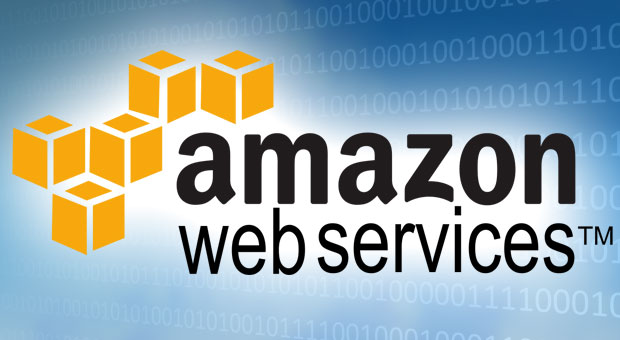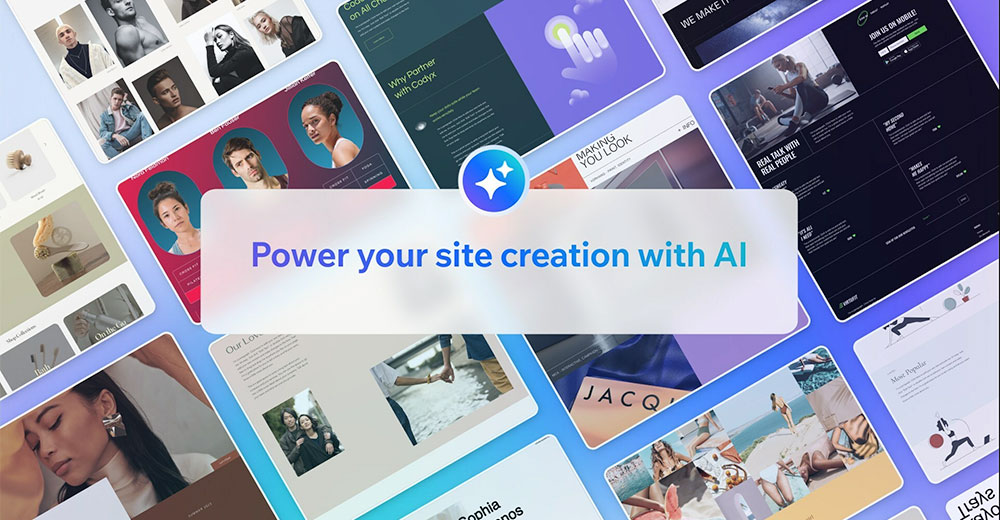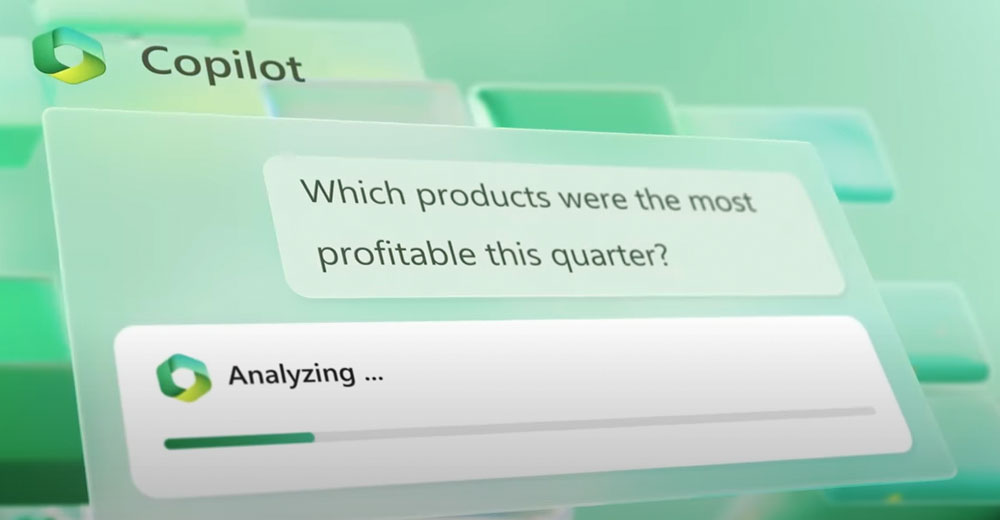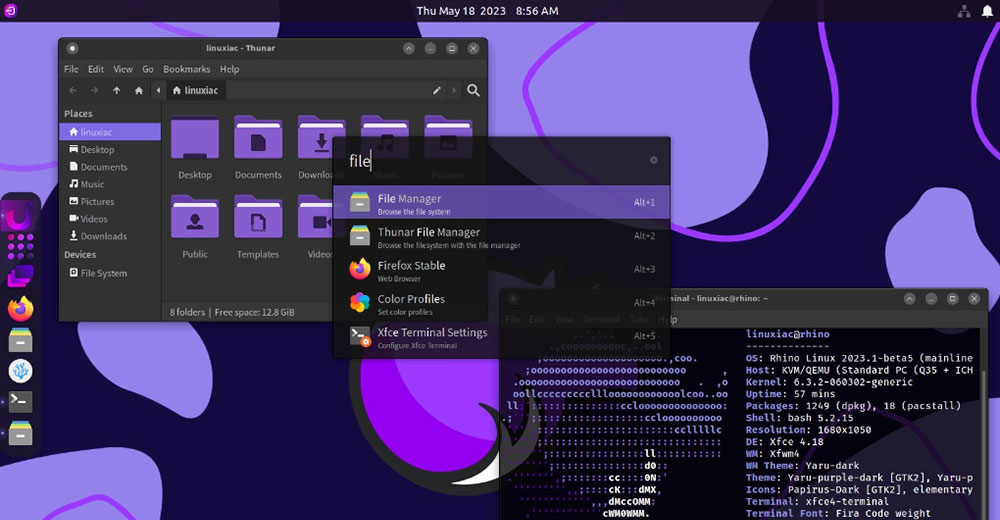Among the highlights of Amazon Web Services re:Invent, ongoing in Las Vegas through Dec. 9, are three Tuesday announcements that strengthen its presence in the enterprise hybrid IT infrastructure market:
- AWS is teaming with Verizon to deliver 5G edge cloud computing;
- The first AWS Local Zone is located in Los Angeles; and
- AWS Outposts are generally available.
These moves “close some huge competitive gaps they had with regard to hybrid cloud deployments where Amazon didn’t have an offering, which was costing them a lot of business,” observed Rob Enderle, principal analyst at the Enderle Group.
They “effectively move AWS into the server hardware space, and that will create some interesting discussions with their hardware partners,” he told TechNewsWorld.
Expect similar moves from Microsoft and Google, Enderle predicted.
AWS is copying Oracle’s Exadata Database Machine approach, suggested Holger Mueller, principal analyst at Constellation Research.
“If Oracle puts an Exadata server in your corporate data center, you provide the connections and the space and the power, and Oracle manages everything magically,” he told TechNewsWorld. “That’s what AWS is going to do.”
AWS and the 5G Edge
AWS is partnering with Verizon to let enterprise customers leverage 5G networks.
Verizon will use AWS’ new service, AWS Wavelength, on its 5G Edge compute platform.
5G Edge provides mobile edge computing and an efficient high-volume connection, while AWS Wavelength lets developers deploy their applications to Wavelength Zones — infrastructure deployments that embed AWS compute and storage services within the network operators’ datacenters at the edge of the 5G network.
Application traffic can travel from a mobile device to a cell tower to a Wavelength Zone running in a metro aggregation site instead of taking multiple hops between regional aggregation sites and across the Internet.
Parts of applications that require ultra-low latency can be deployed to the network edge and then seamlessly connect back to the full range of AWS cloud services.
Developers will be able to deliver applications at the edge for machine learning inference, autonomous industrial equipment, smart cars and cities, the Internet of Things, and augmented and virtual reality.
Developers can extend their Amazon Virtual Private Cloud to include a Wavelength Zone, then create various AWS resources to deploy their application to the 5G edge.
They can continue using AWS services such as AWS CloudFormation, AWS Identity and Access Management, and AWS Auto Scaling to manage, secure and scale their applications.
Select customers, including the United States National Football League and video game publisher Bethesda Softworks, are running a pilot of AWS Wavelength on 5G Edge in Chicago. More deployments are planned for other U.S. locations next year.
“Applications like streaming and gaming will drive 5G with consumers,” said Jim McGregor, principal analyst at Tirias Research.
5G will enable Industrial Internet of Things applications, he told TechNewsWorld. “However, the driver really is artificial intelligence and applications that require real-time or close to real-time processing. IoT and AI really require new networks, and 5G is just a part of that new network buildout.”
This is a “very strategic move,” Constellation’s Mueller noted. “If the Verizon datacenter is taken by AWS, that’s less space for Google or Microsoft.”
Verizon’s 5G Ultra Wideband network is live in 18 cities and in 16 sporting and entertainment arenas across the U.S. It will be expanded to more than 30 U.S. cities by the end of the year.
AWS also is partnering with several other mobile telecommunications firms offering 5G networks worldwide, including Vodafone, Japan’s KDDI, and South Korea’s SK Telecom.
The AWS Local Zone
Each AWS Local Zone location is an extension of an AWS Region that lets users run latency-sensitive applications close to end users, using AWS services such as Amazon EC2, Amazon Virtual Private Cloud, Amazon Elastic Block Store, Amazon FSx and Amazon Elastic Load Balancing. Amazon Relational Database Service support will be coming soon.
The Local Zones provide a high-bandwidth, secure connection between local workloads and those running in the AWS Region using the same APIs and toolsets.
Customers can pay for Amazon EC2 instances in the Local Zones on demand; use Savings Plans, which run for one to three years and offer savings of up to 72 percent on AWS compute usage; or opt for Spot Instances, which let users leverage unused EC2 capacity in the AWS Cloud, and are available at up to a 90 percent discount from on-demand prices.
The first AWS Local Zone is in Los Angeles. It lets developers deploy to end users in the city applications that require single-digit millisecond latencies, such as remote real-time gaming, film production, and graphics-intensive virtual workstations.
It is accessible through the U.S. West (Oregon) AWS Region, but access to the Los Angeles Local Zone is currently available by invitation only. Additional AWS Local Zones are planned.
AWS Outposts
AWS Outposts are fully managed and configurable racks of AWS-designed hardware that let customers run their compute and storage workloads on-premises while seamlessly connecting to AWS Cloud services.
They are an extension of a customer’s Amazon Virtual Private Cloud in the closest AWS Region. Customers can use the same AWS APIs, control plane, tools, and hardware on-premises and in the AWS Cloud. They can connect seamlessly from their AWS Outposts to the rest of their applications or to any other AWS service in a Public AWS Region.
An AWS native variant, available today, lets customers use the exact same APIs and control plane on Outposts as they use in AWS Public Regions. VMware Cloud on AWS Outposts, planned for availability in 2020, will let customers use the same VMware APIs and control plane on Outposts that they use on-premises.
AWS will deliver the racks to customers and install them, and handle all maintenance, including automatically updating and patching infrastructure and services.
“Oracle has the highest degree of identicality — you can move your code and data easily from your datacenter Exadata server to the Oracle Cloud, and it stays the same,” Mueller said.
“Amazon will be able to offer this,” he added, “but it’s a long road because there are only eight things in Outpost right now. They will add more.”























































